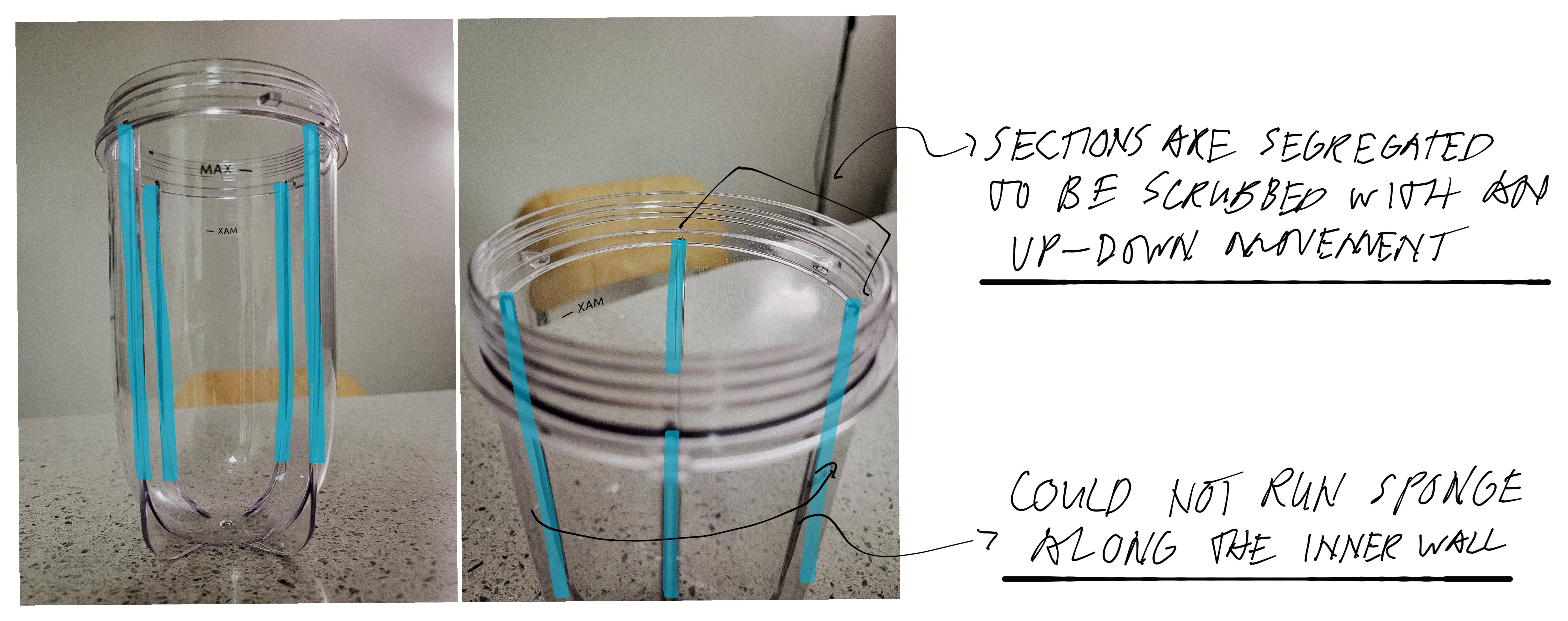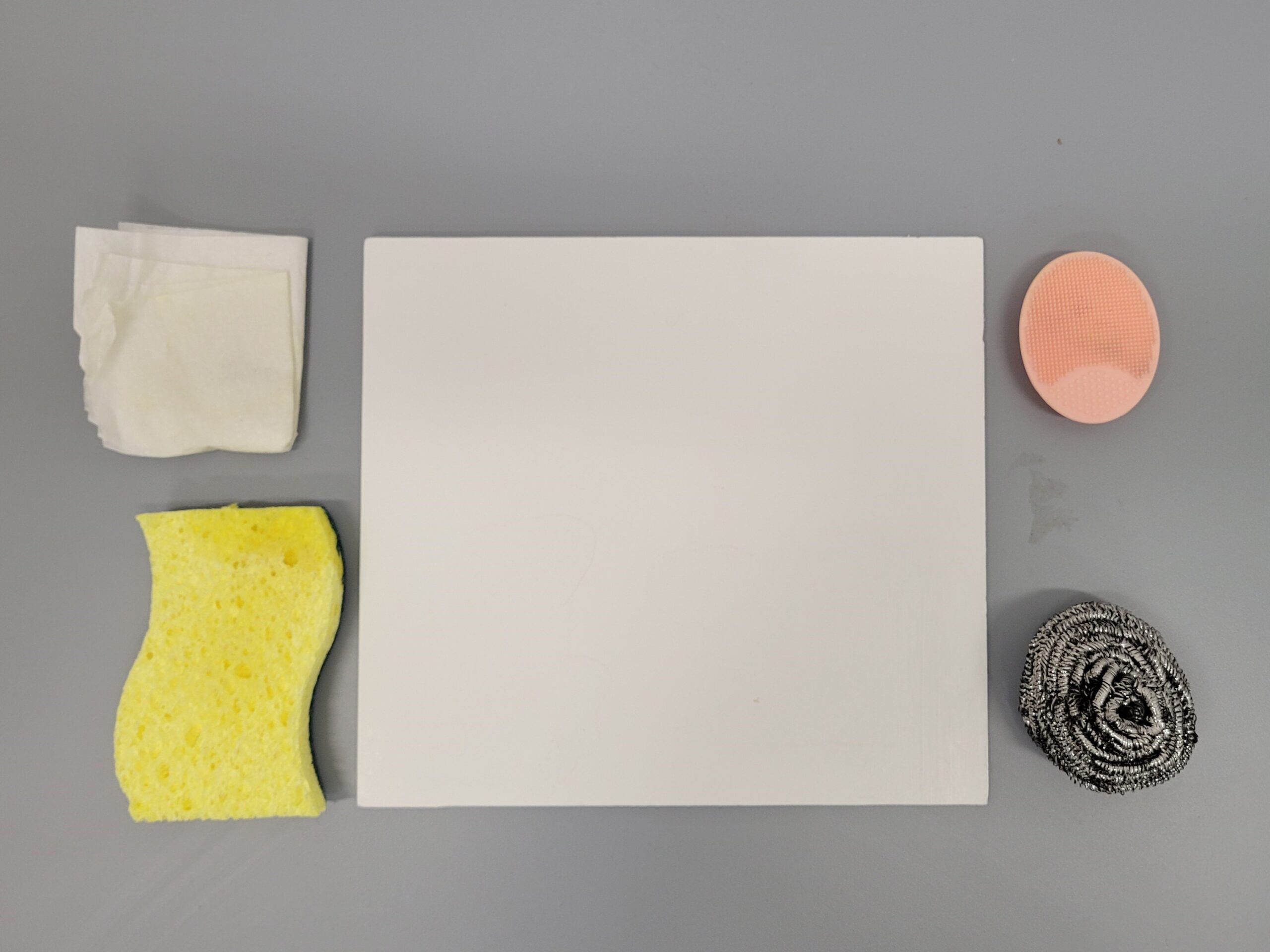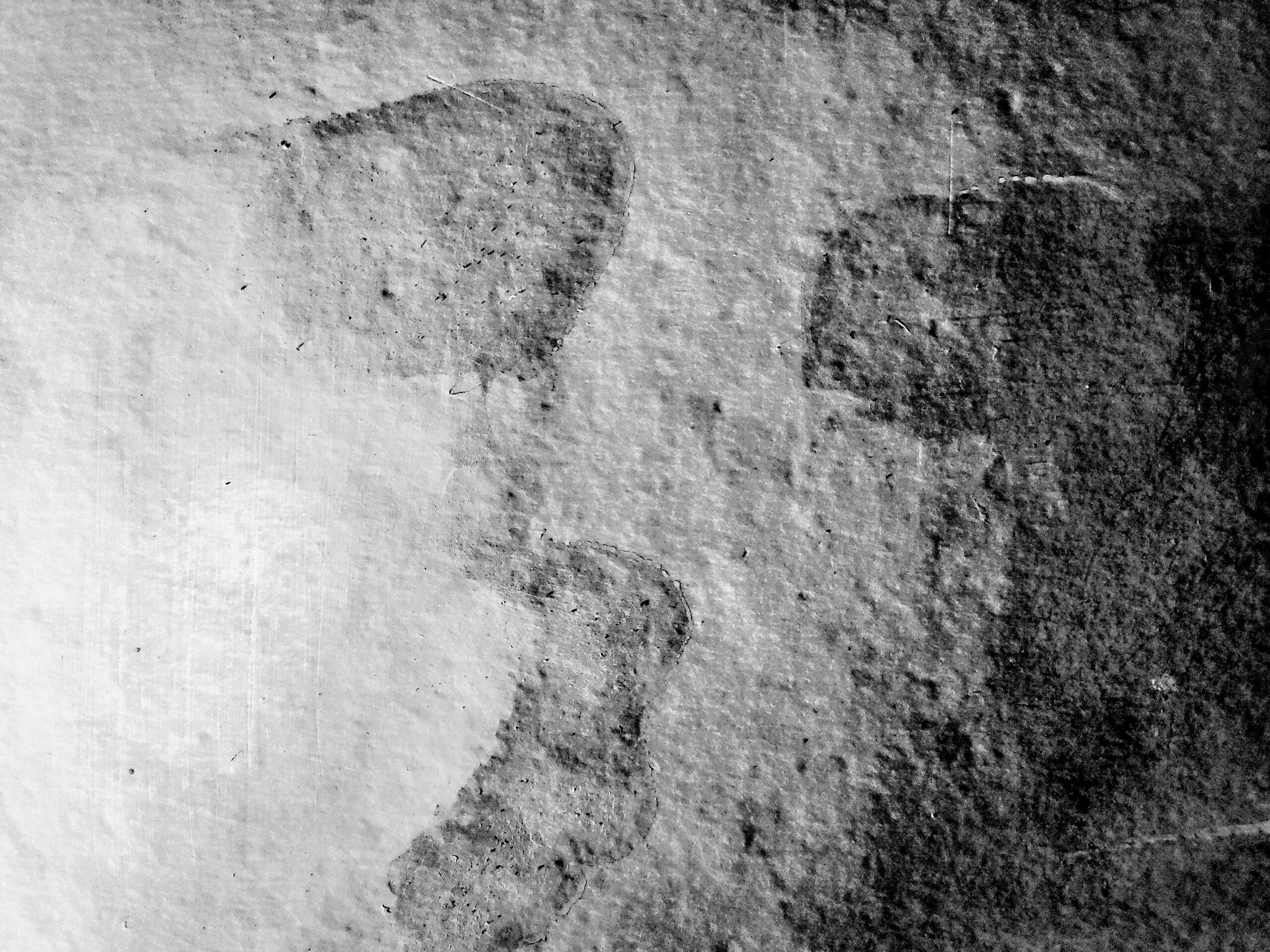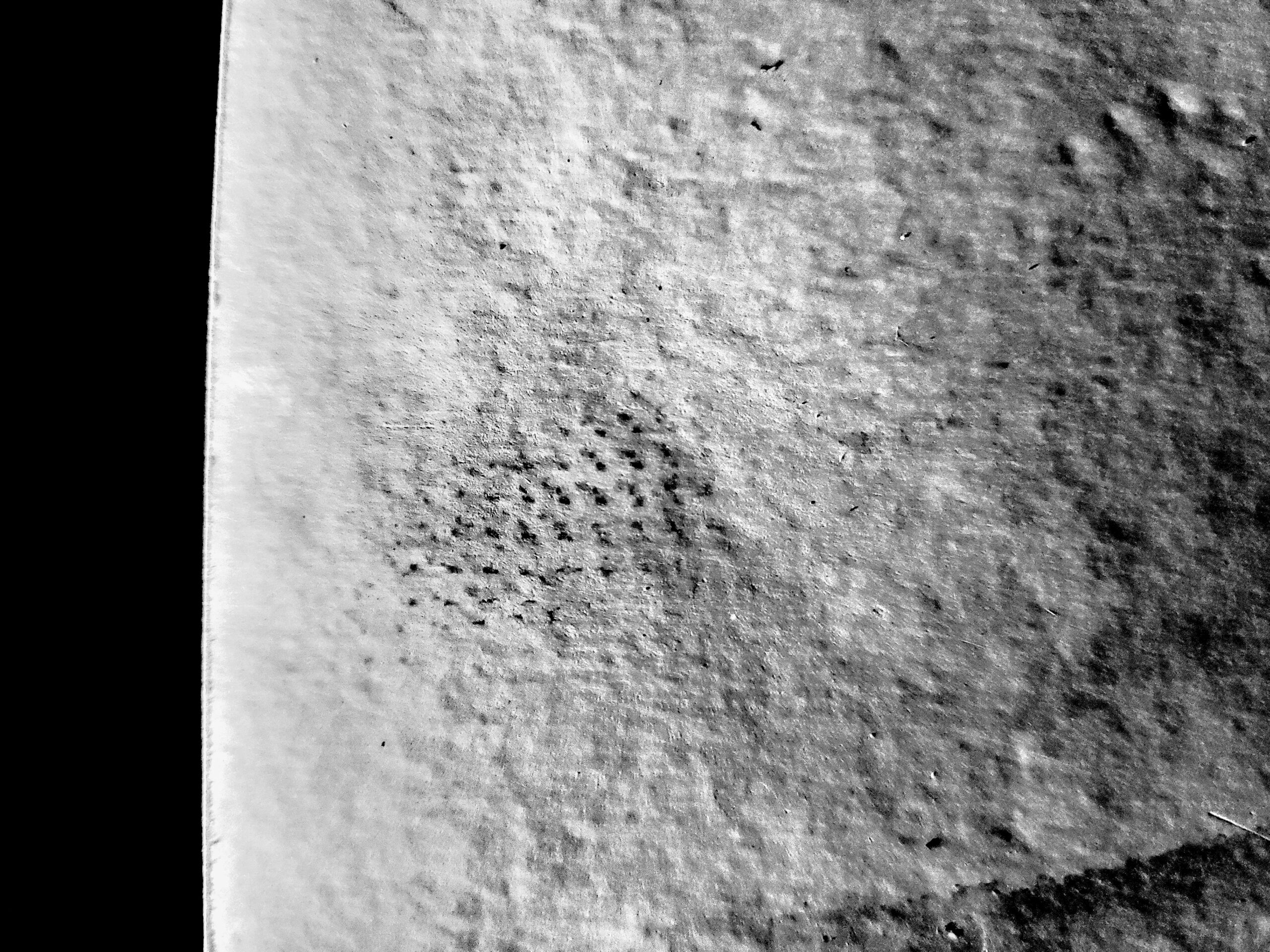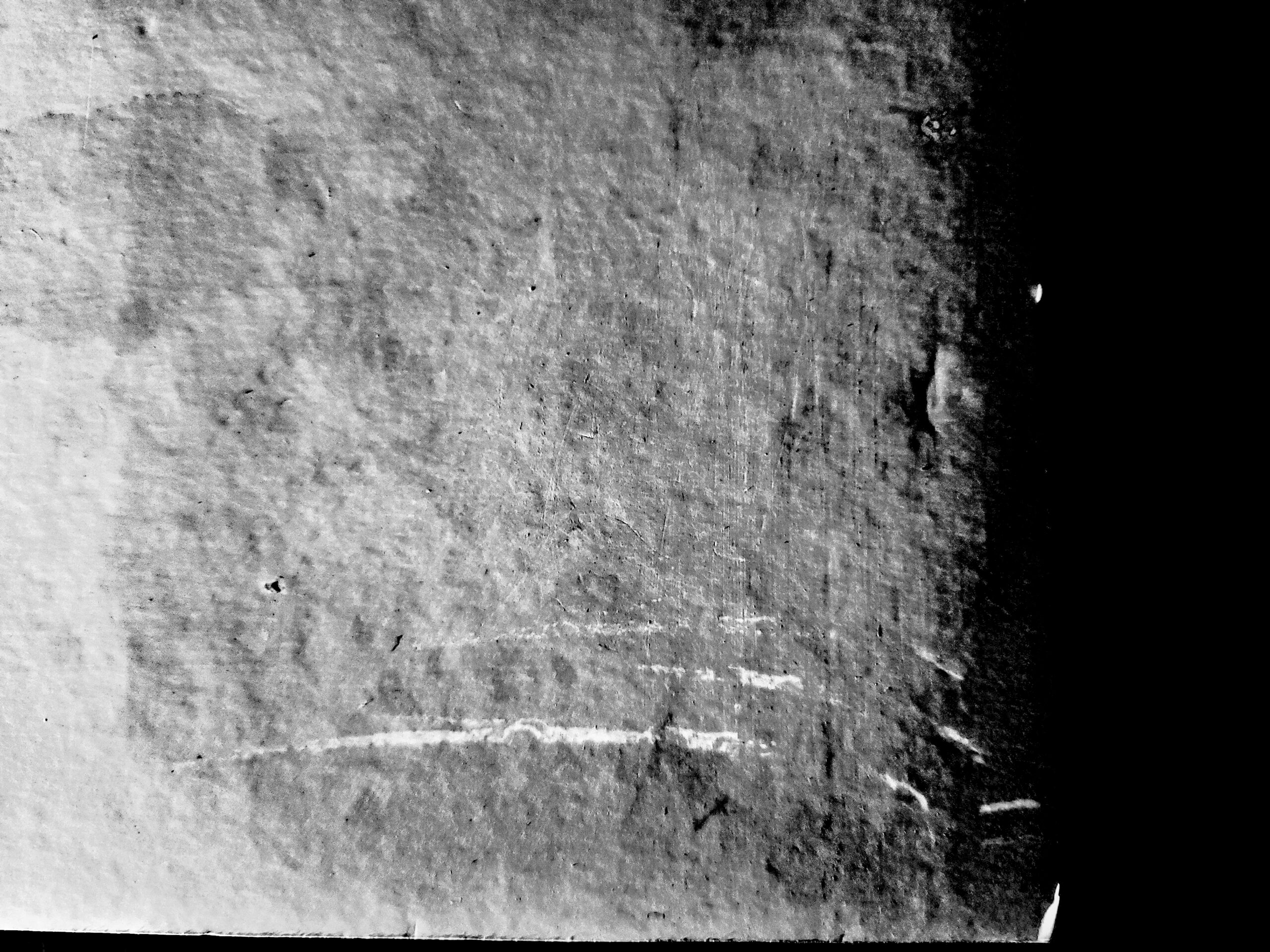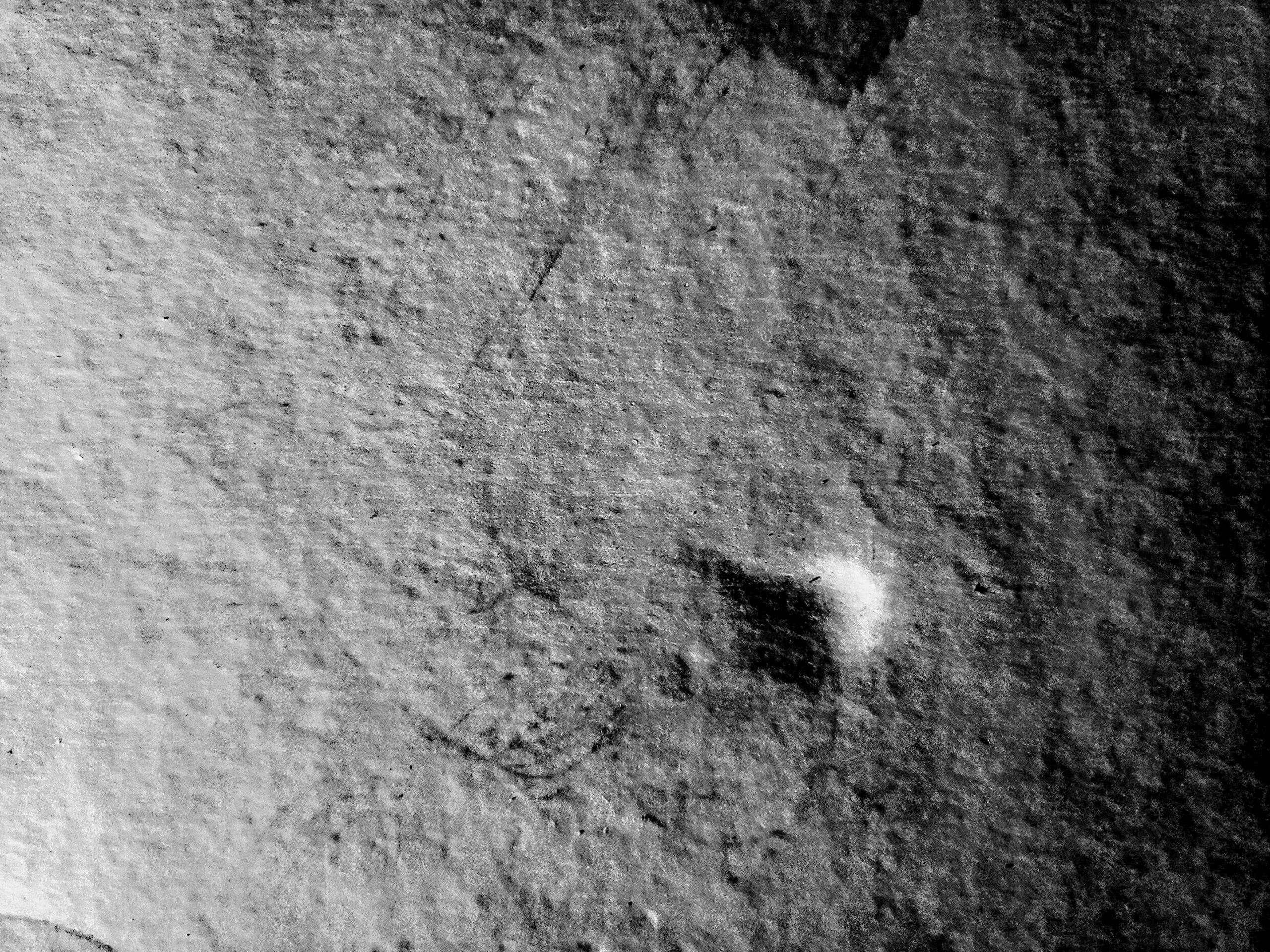2023
#Research, #Discursive Design
Traces: Invisible Imprints
This project sought to investigate whether we are directed to handle objects in ways dictated by how they are structured through the use of hand dishwashing with invisible ink as an activity of research.
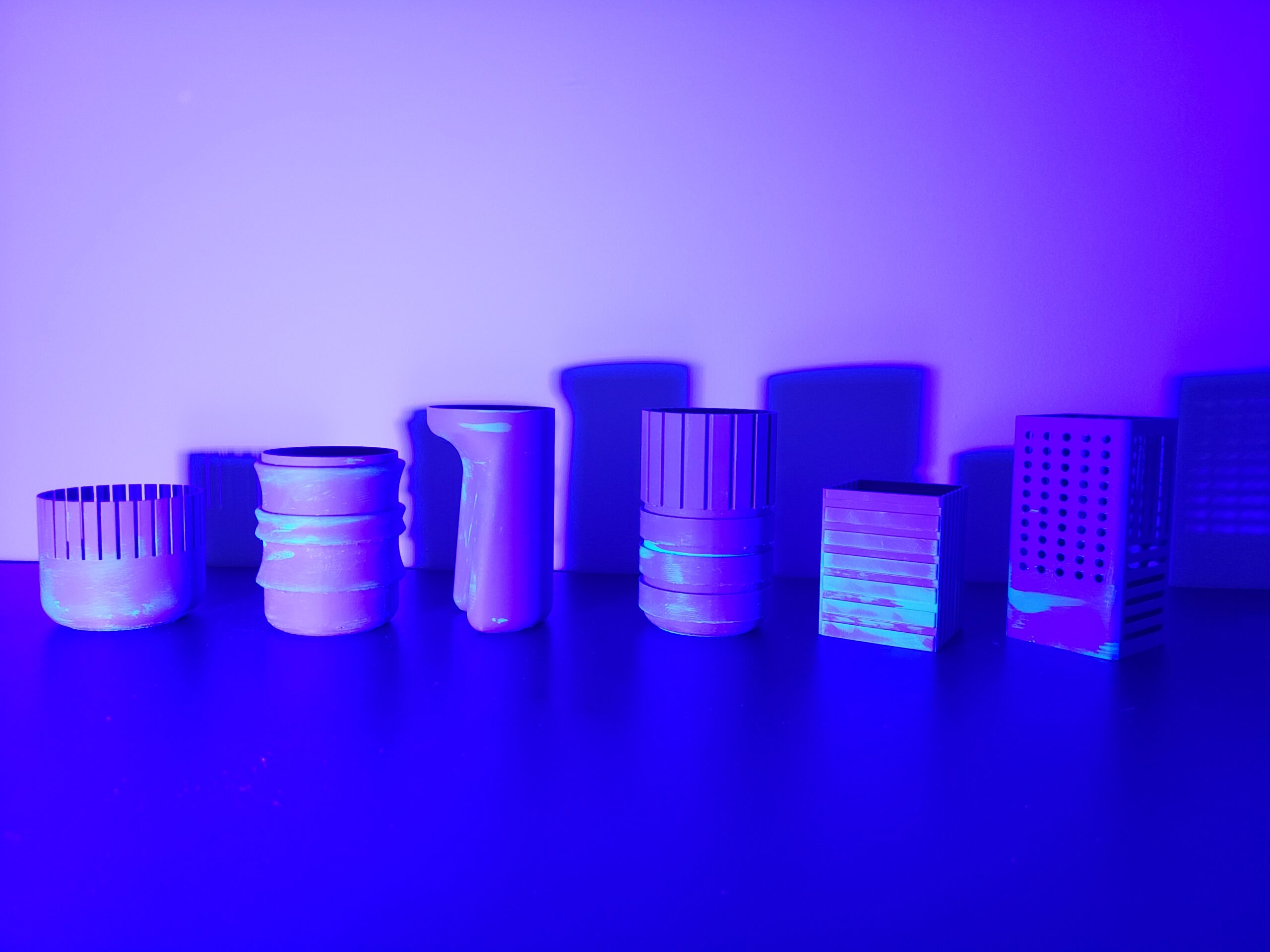
The Challenge
As someone who lived in a country where household dishwashers usually meant fellow family members assigned to washing dishes after every meal, the concept of loading dirty dishes in a dishwasher felt foreign to me. I would always hand wash dishes and utensils, and the single-serve blender I got over the summer was no different.
I initially observed I was scrubbing and washing the single-serve blender cup differently from how I would usually scrub a normal drinking cup. This was because of the constraints placed by the ridges on the walls of the inside alluding to its nature as a blender. Despite my understanding of why this was important in its structure, it annoyed me a lot as my flow kept on breaking as I engaged with the act of scrubbing and washing it. With this, I wanted to see how much of actions we actually perform based on subtle influences from an object’s form.
Process
Selecting a scrubber material
Using invisible ink in replacement of dishwashing liquid, I had enacted the action of scrubbing the six objects as if I were washing dishes. At first, I tested swatches to how the pattern would show up using four potential scrubbers: a paper napkin, sponge, silicone scrubber, and steel wool scrubber.
Using the sponge, it was very difficult to gauge the amount of liquid being applied onto the surface. This resulted in creating huge blots that continue to drip. Once applied, patterns and motion cannot be overlayed on top of the initial coating.
The paper napkin had absorbed much of the liquid and quickly dried up. This resulted in little to no substance applied on the surface. It did create a speckled pattern from the indentions on the napkin, however, this did not show motion and directionality.
The steel wool scrubber showed directionality through the brushed pattern it applies on the surface. However, it was difficult to control the amount of liquid being applied. This resulted in multiple layers do not showing as overlays on top of one another.
Using the silicone scrubber resulted in thin linear patterns. It allowed for multiple passes to show as overlays on top of one another which displayed in more motion and directionality of repeated areas. Because of this, it was chosen to be used for the exercise.
3D Printing Form Studies
I had 3D printed six vessels with varying forms. The intent of the forms was not to be functional as a cup or tool, but rather push the boundaries of form in a single object, having multiple affordances of motion and direction one may interact with in the activity of washing dishes. I had created four cylindrical vessels and two prisms. Making use of vertical and horizontal patters in the form of tapered edges, indentions, protrusions, etc., I had hoped to identify direction of motion based on the influence of the form of the object.
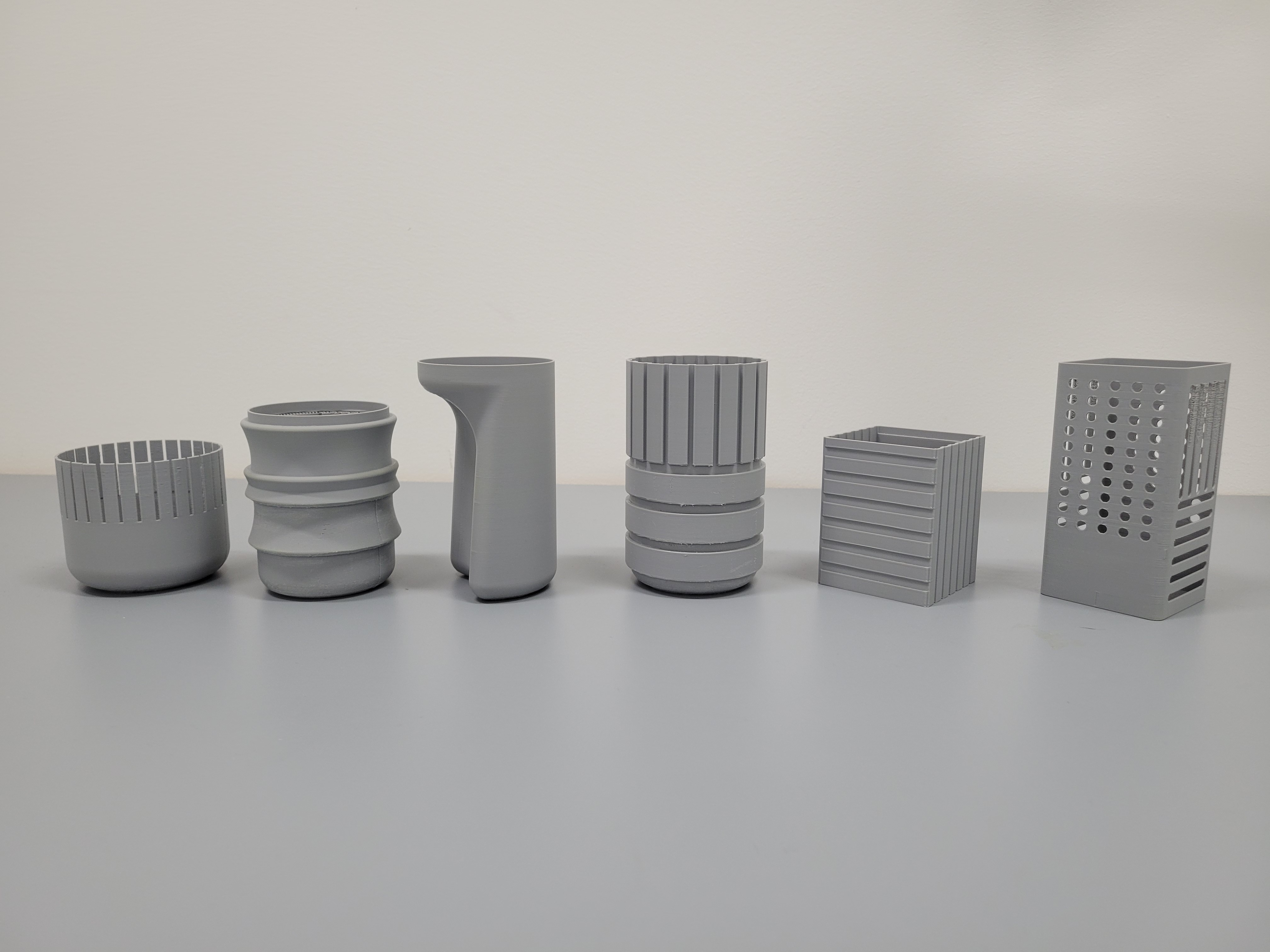

Having conducted swatch tests prior, the silicone scrubber was chosen to be used for the exercise as it exhibited textured pattern that displayed direction and motion which allowed for overlapping patterns. I had scrubbed each object with the scrubber as if I were washing cups. This was conducted in a lit up room where the marks could not be seen so as to not have much bias. Yet, despite saying that, the initial motions of my hand were very intentional for the outcome to be desired. It wasn’t until a few attempts when the natural and instinctual movement without thinking was displayed.
Results
In my findings, I saw that in certain instances of transition such as one side having horizontal ridges and the adjacent side having vertical ridges running along its wall, I had switched the direction of my scrubbing to meet the direction of the ridges of each respective side. In doing so, however, I had noticed diagonal strokes near the corner where the two sides meet. This signaled to me that without thinking about it, I was subtly influenced to move according to what my sense of sight the touch could perceive which was the change in direction of the ridges on the cup being scrubbed.
Get in touch.
Do you have a project or idea in mind? Send me a message.
© Erik Asia 2025. All rights reserved.
